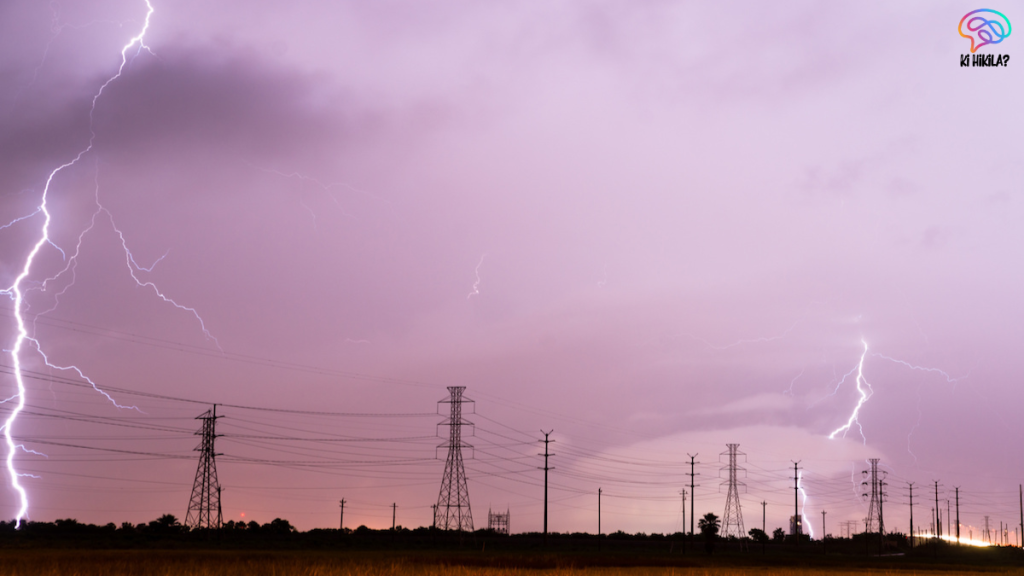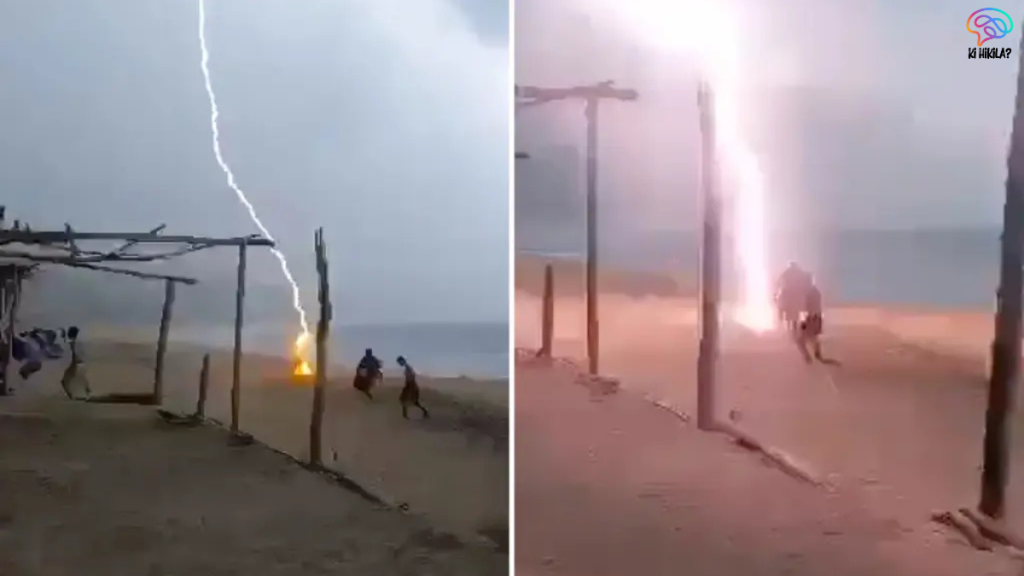Lightning Deaths have surged in India in 2025, with over 1,600 fatalities reported between April and July due to lightning and rain-related incidents. This alarming rise, driven by shifting climate patterns and expanding lightning zones, underscores the growing threat to both rural and urban areas. As lightning becomes a leading cause of weather-related deaths, India is grappling with the challenges of forecasting, mitigation, and public awareness to curb this escalating crisis.
Escalating Fatalities and Historical Context
Lightning Deaths claim more lives annually in India than any other extreme weather event. From 1967 to 2020, over 101,000 deaths were attributed to lightning strikes, accounting for nearly half of all weather-related fatalities between 2002 and 2024. The World Meteorological Organisation recorded approximately 1,300 lightning-related deaths in 2024 alone. Eastern states, particularly during the monsoon sowing season, face the highest risk, with farmers and rural communities bearing the brunt of these tragedies. The 2025 spike highlights the urgent need for comprehensive strategies to address this deadly phenomenon.
Climate Change Driving Lightning Surge

The rise in Lightning Deaths is closely tied to climate change, which is intensifying conditions conducive to thunderstorms. Scientists note that rising temperatures increase atmospheric humidity by approximately 7% per degree Celsius, fueling more frequent and severe thunderstorms. Studies estimate a 10-12% increase in lightning activity for each degree of global warming. This has led to the expansion of lightning zones beyond traditional hotspots like eastern India to include central, northern, and coastal regions. States like Madhya Pradesh and Rajasthan have emerged as new high-risk areas, compounding the challenge of managing this growing threat.
Urban Areas Under Threat
Lightning Deaths are no longer confined to rural areas; urban centres are increasingly vulnerable. The urban heat island effect, which elevates city temperatures, promotes thunderstorm formation, while air pollution and rapid urbanisation intensify storms and related flooding. Cities like Delhi have experienced severe lightning events, causing structural damage, power outages, and flight disruptions. Additionally, urban electromagnetic infrastructure, such as high-rise buildings and communication towers, may heighten lightning vulnerability. This shift underscores the need for urban-specific mitigation strategies to protect densely populated areas.
Advances in Forecasting and Persistent Challenges
The India Meteorological Department (IMD) has made significant strides in lightning prediction, achieving 86% accuracy in forecasts. The IMD now provides five-day warnings for potential lightning zones and real-time updates every three hours. Despite these advancements, the sudden nature of lightning strikes complicates evacuation efforts. Delays in disseminating alerts to remote and rural areas further reduce their effectiveness. While states like Odisha have declared lightning a state disaster, enabling access to relief funds, national recognition of lightning as a disaster remains pending. The government has initiated mitigation projects in 50 districts across 10 states, but scaling these efforts remains a challenge.
Mitigation and Community Preparedness
To combat Lightning Deaths, India is implementing a range of mitigation measures. These include planting palm trees as natural lightning rods, installing smart poles equipped with warning systems, and mapping high-risk zones to prioritize interventions. Mobile apps and WhatsApp groups are being used to deliver real-time alerts to local safety coordinators, enhancing community-level preparedness. Outreach campaigns focus on behavioural change, educating people on seeking shelter during storms and avoiding open fields. Experts emphasize the importance of last-mile connectivity to ensure warnings reach vulnerable populations, particularly in rural areas. The SthanKala-Patra approach integrates scientific forecasting with timely community action, aiming to bridge the gap between alerts and effective response.
A Call for Comprehensive Action

The surge in Lightning Deaths in 2025 highlights the urgent need for a coordinated national response. While forecasting improvements and mitigation efforts are steps in the right direction, challenges like delayed alert dissemination and lack of national disaster status for lightning hinder progress. Expanding outreach, enhancing infrastructure resilience, and ensuring timely warnings reach remote communities are critical to reducing fatalities. As climate change continues to amplify lightning risks, India’s ability to integrate scientific advancements with community-driven solutions will determine its success in mitigating this deadly threat. The focus on Lightning Deaths must remain a priority to safeguard lives across rural and urban landscapes.



